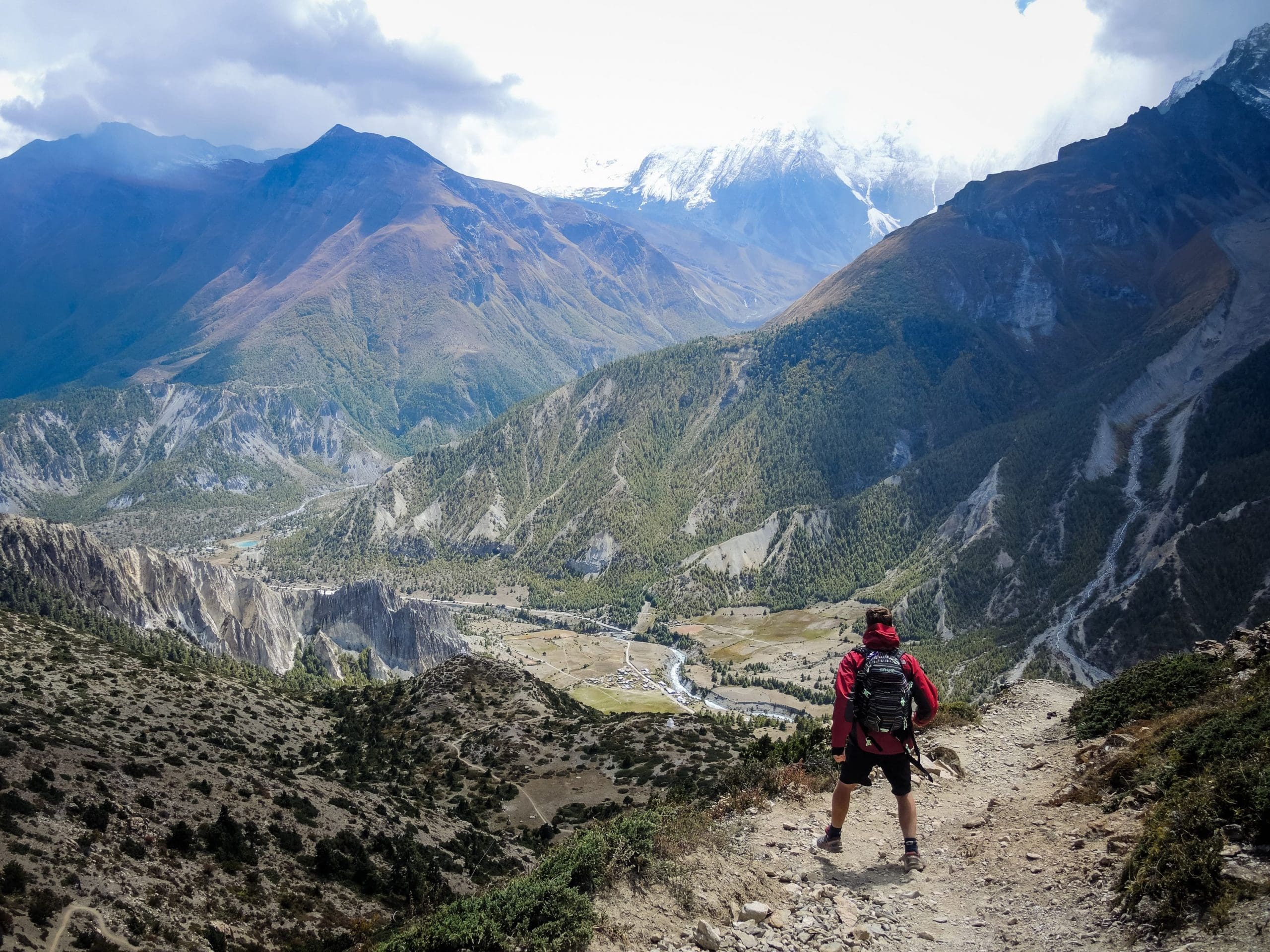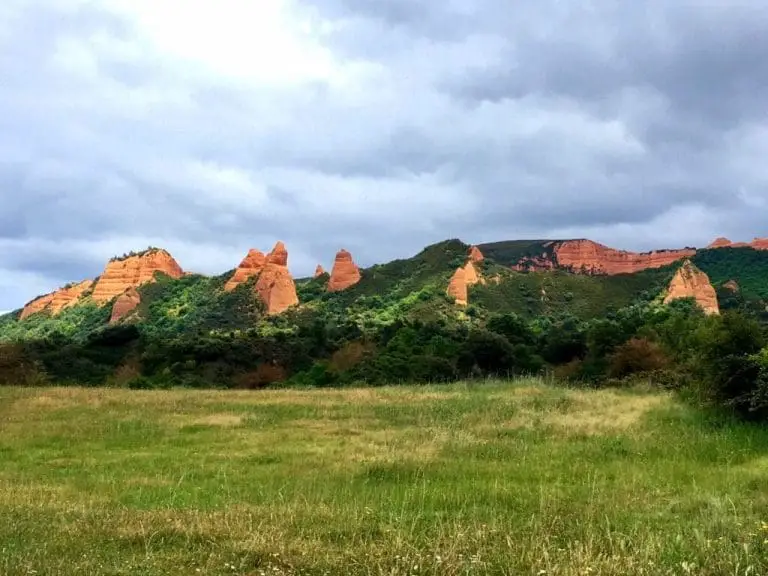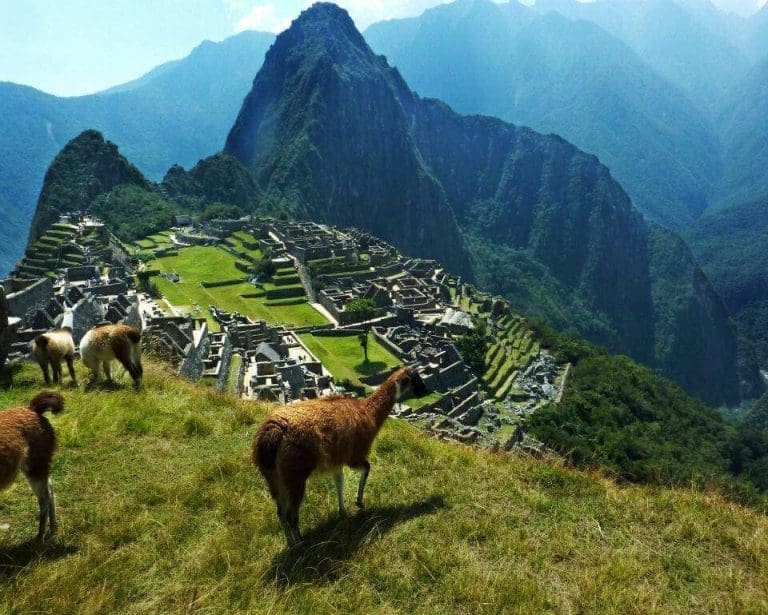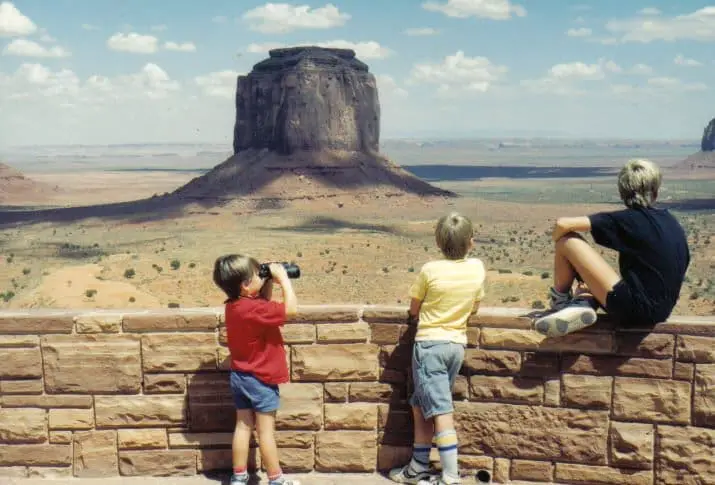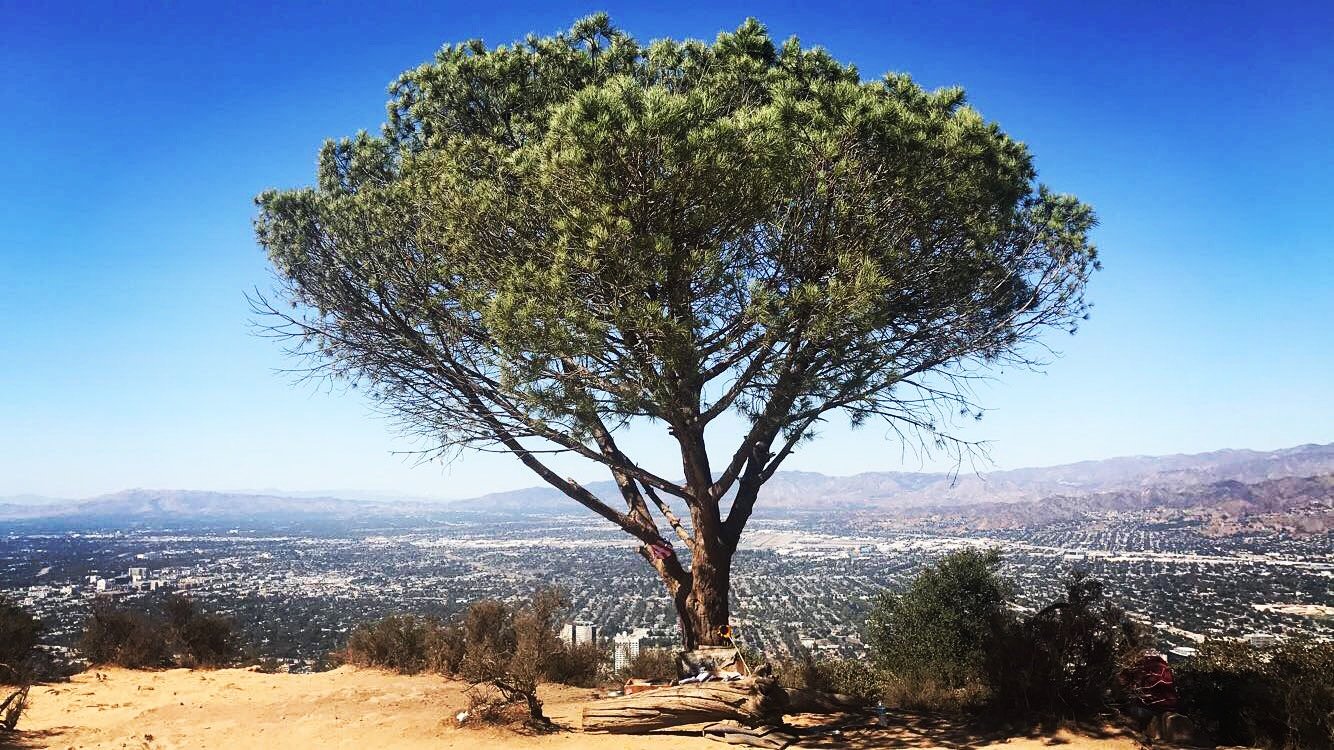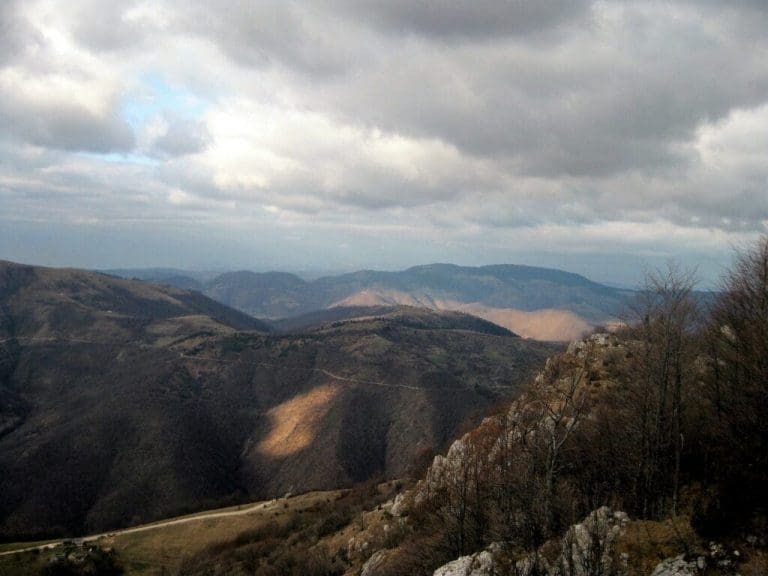Solo Hiking Tips: How to Stay Safe
Sometimes a hike can be ruined, or put a hiker at risk, for trivial reasons that can be avoided with small tricks. Even a tame mountain can be unpredictable (sudden snow, rain, fog, wind), so the hiker should be mentally prepared not to panic, stay calm, and think on their feet. Here are some tips on some things not to do, and some simple mistakes to avoid.
Equipment
Make sure you have all the gear you might need because you will be alone. Also, make sure your equipment is made of high-quality materials (you don’t want it to break in the middle of a hike) and is light enough for you to carry it all.
Food and kitchen equipment
Don’t bring too much. Aside from the unnecessary bulk in your backpack, remember that you are not going for a picnic or even a multi-day hike. Forget about pans, pots, stoves, folding chairs. Postpone your ambitions as a buffet organizer to more urban occasions. If it is a daily hike, a light supply of food will be enough. And don’t forget your breakfast in the morning.
Note: You can never have too much water! A portable filter water bottle is always something I keep on my kit when solo hiking!
Plan your meals
Well, balanced nutrition is essential before, during and after your hike. Considering that you will most likely go for a hike in the early hours of the morning, your pre-hiking breakfast shouldn’t be too big, but it should be nutritious.
Don’t binge thinking about getting enough energy for the journey because you would end up regretting it sooner than you think. For example, it is not recommended to eat an entire dessert for two people with the excuse that the hike will “only last two hours”.
Camp Meal Planning can make or break your Solo hike.
Don’t take a strange shortcut
Imagine that you are walking your route on a beautiful sunny day. On trees and stones along the way, the symbol of your itinerary appears at constant intervals, just as indicated on the map you have studied. You feel at home. You don’t even look at that symbol anymore, the path is clear.
Suddenly, a secondary passage attracts your attention. That passage opens into an unmarked path that seems to point faster to your goal. You take the path; you’re a hiker, so you trust your instincts. After 20 minutes of walking, you find out that you are lost.
Self-confidence is a good thing; overconfidence in the heart of nature can be dangerous.
Don’t be surprised by the dark
In nature, after sunset, darkness falls in a moment. In nature, there are no streetlamps and if it is not a full moon night, you can be in trouble. Always calculate the time you spent on the outward journey and the time you need to get back. Be aware that travelling the same path on the return journey may take longer because you will be more tired. Always carry a small flashlight with you if you think your hike will continue in the afternoon.
Don’t have too much faith in your smartphone
Technology is extremely useful, even on the road, but it cannot be your main tool. The GPS on your phone won’t always find the right path for you, nor will the Wi-Fi or reception always be available. Not to mention the life of your phone battery. So be sure you have everything you will need to get around without your phone.
Wear proper clothes
Another important rule for hikers is that one doesn’t go into nature without the proper clothes. Basic equipment requires good non-slip sole hiking shoes. Also, the shoes should be waterproof. Good-quality sports socks are also important because soaked socks with sutures can cause major problems for your feet, no matter how short your hike is.
Clothes should be layered, no matter if it is warm or wintry weather. Your backpack, spare socks, and raincoat are required, especially if you hike alone. Long trousers are always worn when going hiking because of wet grass, snakes, or thorns. You can also buy clothing made of so-called active material which will keep the sweat away from your body.

